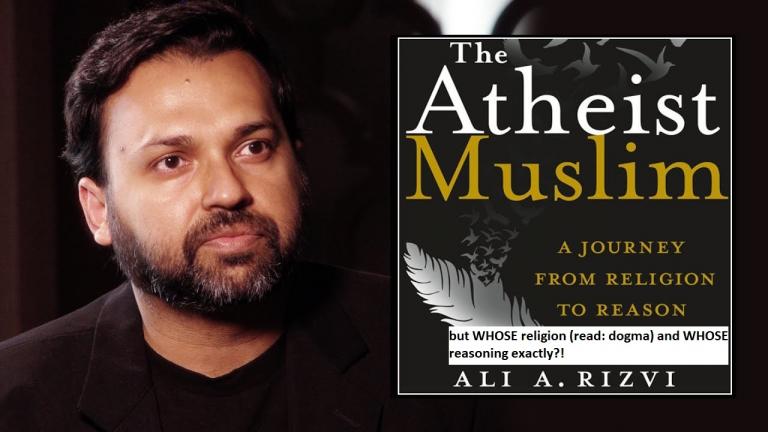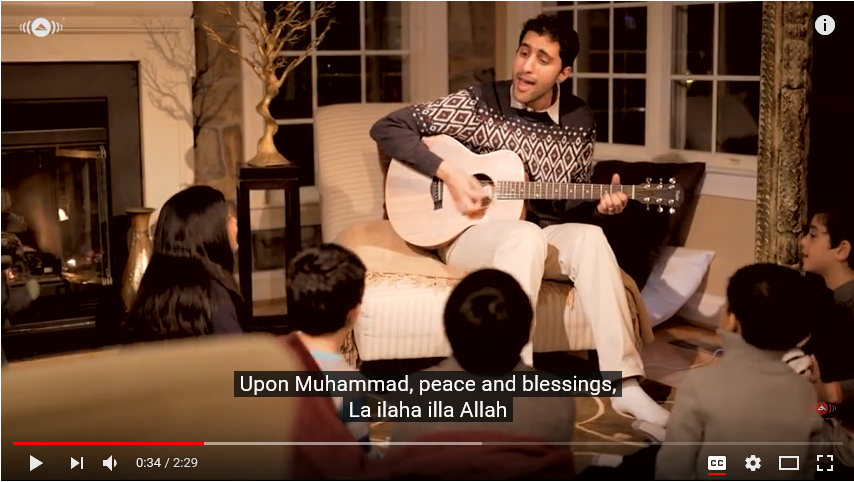It used to surprise me when I discover vast differences between what is narrated in the Quran and the religious mythology I was taught at school. I distinctly remember being told at school about how Adam and Eve dwelled in the garden of Eden. Well, at first it was Adam but then he got lonely so God created Eve out of his rib. It was bent and so was she. Her nature was not quite straight thus subconsciously programming the six year old me about the deficiency of women. When I was about twelve, I also remember my grandfather mentioning to a religious teacher that if it was not of Adam, we would all still be in heaven. I remember thinking just then, why on earth am I paying for Adam’s mistake?
Adam in Traditional Islam is considered to be a person, the first Prophet. He was sixty cubits tall, a ‘fact’ which manifests today as facebook memes of giant skeletons to prove the veracity of that story. After the creation of Eve, they were to both live ever after in the garden. Sadly, they listened to Satan who told them to approach a particular tree, contravening God’s commands. They then fell to earth and their children procreated with each other, making the human race a product of incest.
The story would not have sat well with me at all, had I come into adulthood having to face the gleeful atheists who would relish throwing it in my face. I was fortunate though. As a young adult, I encountered rationalist interpretations of the story of adam and this enabled me to achieve two things. One, to find a metaphorical understanding of the story which was both cogent and relevant to my life. Two, to find a much deeper connection with Quranic teachings.
The Quran does not have a mythological reading of Adam at all. He is not the first prophet nor even the first human. Rather, he is us. The key verse to explain this is Chapter 7 Verse 11:
It is We Who created you and gave you shape; then We bade the angels prostrate to Adam, and they prostrate; not so Iblis; He refused to be of those who prostrate.
The very syntax of this verse tells us that God created us as adam to which the angels prostrated (or submitted, using a rationalist lens). This totally transformed adam’s paradigm in my eyes and made him a key aspect of my Quranic understanding whereas before he was a mythical figure which has no relevance to the final version of Islam, the Muhammadan one.
In my present understanding, the Quranic Adam is the universal human prototype. As I mentioned, he is not the first human but rather represents the first human community. The Quran actually uses plural language when speaking about Adam and his spouse (who is not mentioned by name, showing that Adam himself is a gender neutral term).
Adam represents God’s chosen species on the planet. Chosen to represent God as a successor to the previous species. He was taught the names of the angels which symbolizes the essences of the various forces in the universe. Once he understood their essence, they submitted to him except for iblees, which linguistically refers to negativity that continuously resists our progress. Adam and his spouse settled in an earthly garden, symbolizing the human utopia to which we all aspire. However, shaitaan which linguistically means alienation beguiled them into approaching ‘this tree’ which symbolizes the disputations between people due to alienation. ‘Tree’ in Arabic can also mean ‘dispute’. This dispute between people led to their fall from grace into a more troubled state. However, they were redeemed by the words of God, as can we be today.
This story makes a lot more sense to me. It is actually the first story in the Quranic text, starting in Chapter 2 Verse 30. This fact shows that it sets the tone for the entire Quran as a text intended to take humanity as a whole to that earthly utopian state. The rest of the Quran are various angles to this project. Adam is alive and well today and needed more than ever.













